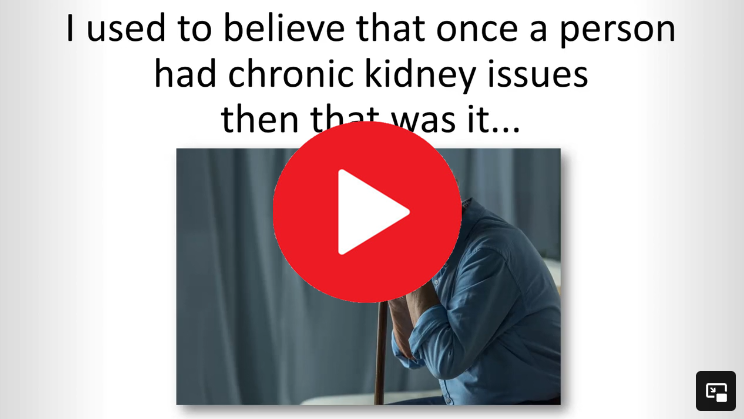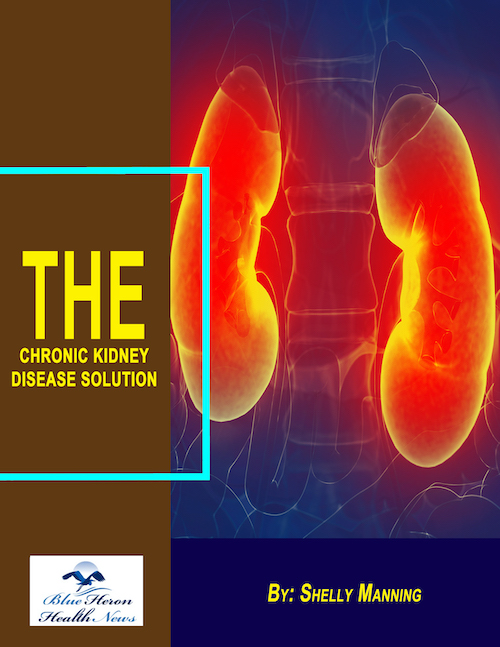The Chronic Kidney Disease Solution™ By Shelly Manning It is an eBook that includes the most popular methods to care and manage kidney diseases by following the information provided in it. This easily readable eBook covers up various important topics like what is chronic kidney disease, how it is caused, how it can be diagnosed, tissue damages caused by chronic inflammation, how your condition is affected by gut biome, choices for powerful lifestyle and chronic kidney disease with natural tools etc.
Peritonitis in peritoneal dialysis patients
Peritonitis is a serious infection that affects the peritoneum, the membrane lining the abdominal cavity, and it is one of the most common and significant complications in peritoneal dialysis (PD) patients. It occurs when bacteria enter the peritoneal cavity, often through the peritoneal dialysis catheter. If left untreated, peritonitis can lead to severe complications such as sepsis, dialysis technique failure, or loss of kidney function.
Causes of Peritonitis in Peritoneal Dialysis Patients
- Catheter-Related Infections
- Most cases of peritonitis are related to contamination of the peritoneal dialysis catheter. This can happen during dialysis exchanges or due to improper catheter care and hygiene practices.
- Hematogenous Spread
- Bacteria from other areas of the body (e.g., skin infections, urinary tract infections, respiratory infections) can spread to the peritoneal cavity via the bloodstream.
- Gastrointestinal Infections
- Infections in the gastrointestinal tract can lead to peritonitis, especially in cases of appendicitis or diverticulitis.
- Fungal Infections
- In rare cases, peritonitis may be caused by fungi, such as Candida, especially in immunocompromised patients or those with prolonged catheter use.
- Chronic or Recurrent Infections
- Patients with a history of recurrent peritonitis are at increased risk of future episodes, and persistent infection can lead to structural damage of the peritoneal membrane, ultimately compromising dialysis effectiveness.
Signs and Symptoms of Peritonitis
- Abdominal pain (often described as diffuse or generalized)
- Fever and chills
- Cloudy dialysate (the fluid that drains from the abdomen is cloudy due to the presence of white blood cells and bacteria)
- Nausea and vomiting
- Decreased appetite
- Tenderness in the abdominal region
- Redness or swelling at the catheter insertion site (in some cases)
Diagnosis of Peritonitis
- Clinical Presentation:
- Diagnosis is often based on clinical symptoms, particularly abdominal pain and cloudy dialysate.
- Peritoneal Fluid Analysis (Culture and Cell Count):
- Peritoneal fluid obtained from the dialysis exchange is sent for culture and analysis:
- White blood cell count (WBC): A WBC count >100/µL (with >50% neutrophils) is suggestive of peritonitis.
- Gram stain and culture: Identifying the causative organism is critical for appropriate treatment. The most common pathogens are Staphylococcus aureus, Streptococcus, and Escherichia coli.
- Peritoneal fluid obtained from the dialysis exchange is sent for culture and analysis:
- Blood Cultures:
- Blood cultures may also be obtained if sepsis or systemic infection is suspected.
- Ultrasound or CT Scan:
- In cases of severe or complicated infections (e.g., abscess formation), imaging may be performed to assess for complications.
Management of Peritonitis
- Empiric Antibiotic Therapy:
- Initial empiric therapy is started immediately to cover the most common pathogens. Typically, this involves a combination of intraperitoneal antibiotics that can effectively reach the infection site:
- Vancomycin (for gram-positive bacteria, including Staphylococcus aureus and Streptococcus)
- Ceftazidime or cefepime (for gram-negative bacteria, like Escherichia coli)
- For fungal infections, intraperitoneal antifungal agents (e.g., fluconazole) may be used, but fungal peritonitis is rare and usually occurs in immunocompromised patients.
- Initial empiric therapy is started immediately to cover the most common pathogens. Typically, this involves a combination of intraperitoneal antibiotics that can effectively reach the infection site:
- Tailored Antibiotic Therapy:
- Once the culture results are available, antibiotics are tailored to the specific pathogen identified and its susceptibility profile.
- Treatment usually continues for 14 to 21 days, depending on the severity of the infection and the response to therapy.
- Catheter Removal:
- Catheter removal may be necessary in cases of severe or refractory peritonitis, particularly if the infection is caused by fungal organisms or Staphylococcus aureus.
- In some cases, if the peritonitis resolves, the catheter may be replaced after a few weeks to allow the peritoneum to heal.
- Supportive Care:
- Fluids and electrolyte management are crucial, especially in the case of dehydration or sepsis.
- Pain management and antiemetics may be required to alleviate symptoms.
- Dialysis Support:
- Dialysis can continue during the episode of peritonitis if the patient is clinically stable, but some patients may require hemodialysis during the acute phase if peritoneal dialysis is not feasible.
Prevention of Peritonitis
- Strict Aseptic Technique:
- Education on proper hand hygiene and aseptic technique during dialysis exchanges is critical to prevent contamination.
- Use sterile equipment and sterile technique when handling the peritoneal catheter and performing exchanges.
- Regular Catheter Care:
- The catheter exit site should be carefully monitored and cleaned according to established protocols to prevent infection at the insertion site.
- Training of Dialysis Staff and Patients:
- Training patients and healthcare workers on infection prevention techniques, including the proper way to clean the catheter insertion site, avoid contamination, and recognize early signs of infection.
- Prophylactic Antibiotics:
- In some cases, antibiotic prophylaxis may be given before catheter insertion or during surgical procedures to reduce the risk of infection.
- Timely Treatment of Infections:
- Early recognition and prompt treatment of urinary tract infections, skin infections, or other sources of infection can reduce the risk of these infections spreading to the peritoneum.
- Monitoring for Early Symptoms:
- Regular monitoring of dialysate appearance and symptoms (such as abdominal pain or fever) is important to catch infections early.
Complications of Peritonitis
- Recurrent or Chronic Peritonitis:
- Recurrent or chronic peritonitis can lead to scarring and fibrosis of the peritoneum, making peritoneal dialysis less effective and possibly leading to the need to transition to hemodialysis.
- Sepsis and Multisystem Organ Failure:
- Severe untreated peritonitis can lead to sepsis, which may cause organ failure and increase mortality in dialysis patients.
- Dialysis Technique Failure:
- Damage to the peritoneal membrane or catheter may result in dialysis technique failure, where peritoneal dialysis is no longer effective, necessitating a switch to hemodialysis.
Outcomes of Peritonitis in Peritoneal Dialysis Patients
- Prognosis: With early and appropriate treatment, most cases of peritonitis in PD patients can be successfully managed, and the patient can continue with peritoneal dialysis. However, complications such as recurrence or loss of peritoneal dialysis function may occur.
- Mortality: The mortality rate from peritonitis has decreased with better treatment strategies but remains a significant cause of morbidity and mortality in PD patients, especially in those with immunocompromised states or severe infections.
Conclusion
Peritonitis remains one of the most significant complications of peritoneal dialysis, requiring prompt recognition, timely antimicrobial therapy, and possibly catheter removal in severe cases. Preventive measures, including strict aseptic techniques, proper catheter care, and timely treatment of infections, are essential to reduce the risk of peritonitis. Early intervention and ongoing monitoring for complications are critical to achieving good outcomes and maintaining the success of peritoneal dialysis as a treatment modality.
 The Chronic Kidney Disease Solution™ By Shelly Manning It is an eBook that includes the most popular methods to care and manage kidney diseases by following the information provided in it. This easily readable eBook covers up various important topics like what is chronic kidney disease, how it is caused, how it can be diagnosed, tissue damages caused by chronic inflammation, how your condition is affected by gut biome, choices for powerful lifestyle and chronic kidney disease with natural tools etc.
The Chronic Kidney Disease Solution™ By Shelly Manning It is an eBook that includes the most popular methods to care and manage kidney diseases by following the information provided in it. This easily readable eBook covers up various important topics like what is chronic kidney disease, how it is caused, how it can be diagnosed, tissue damages caused by chronic inflammation, how your condition is affected by gut biome, choices for powerful lifestyle and chronic kidney disease with natural tools etc.
